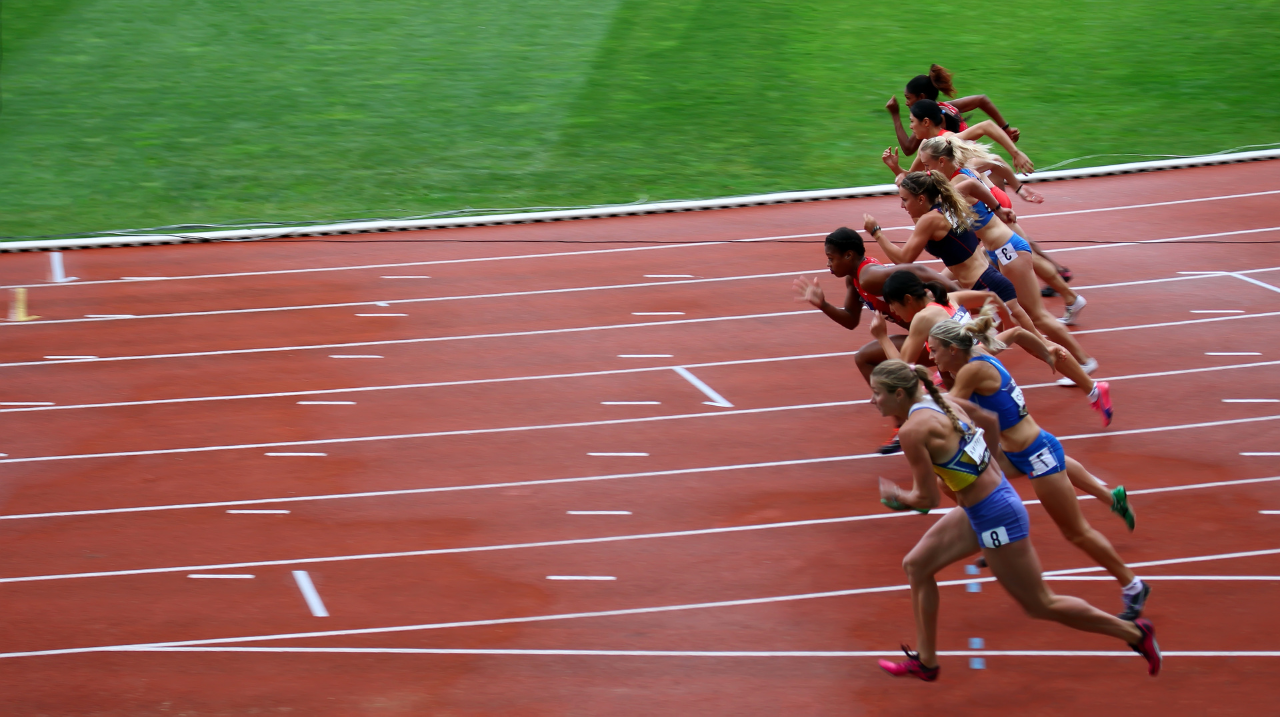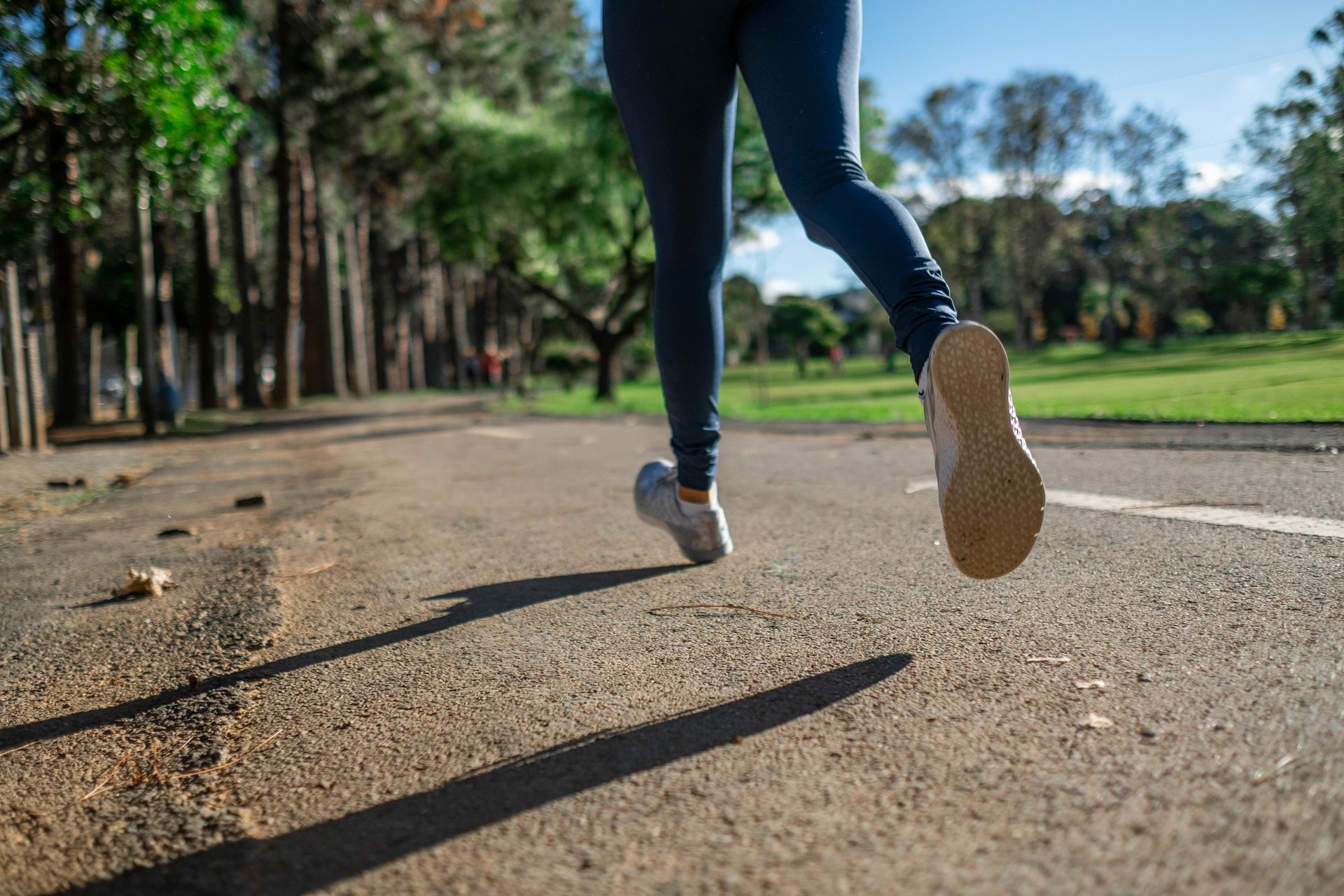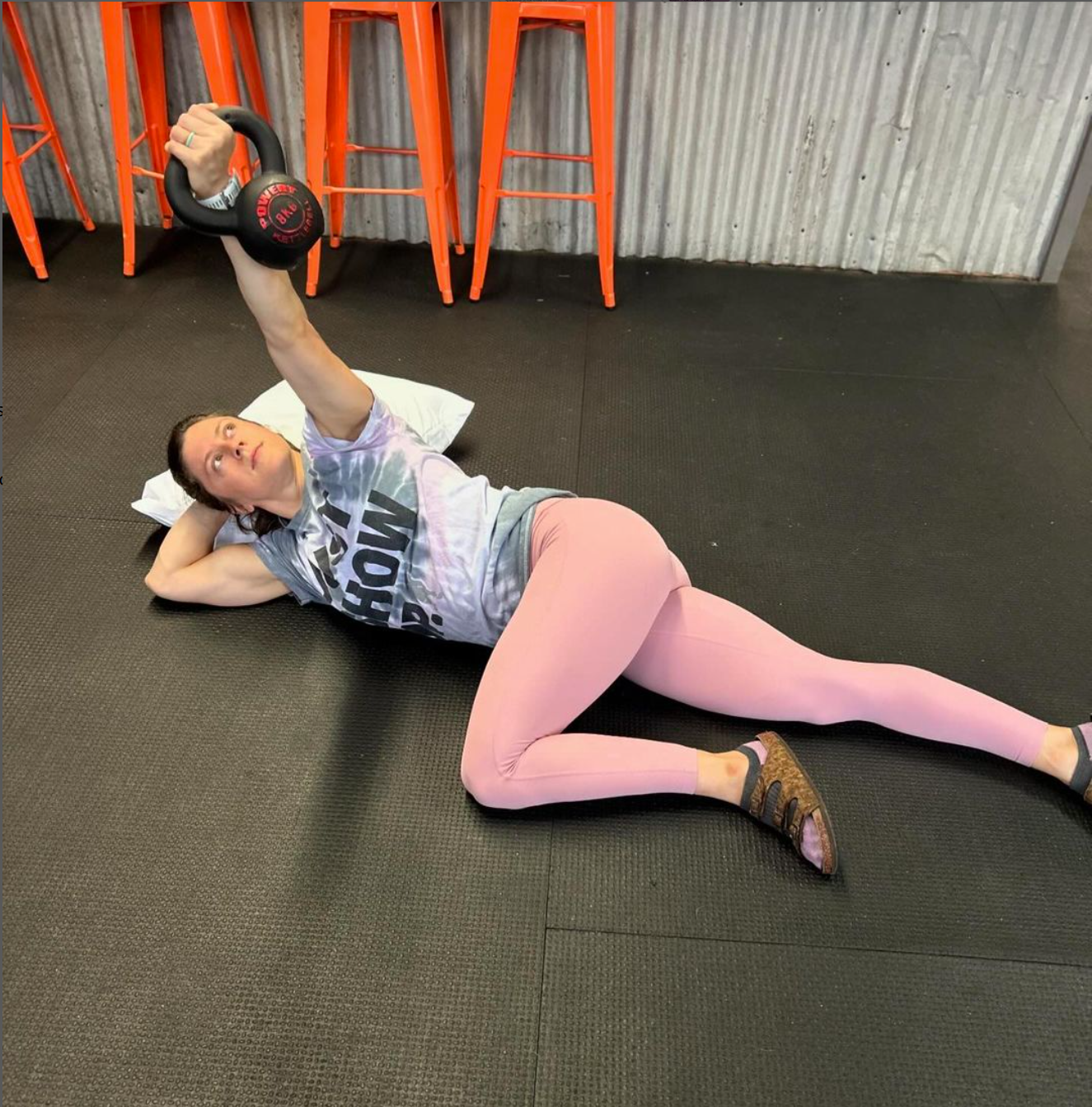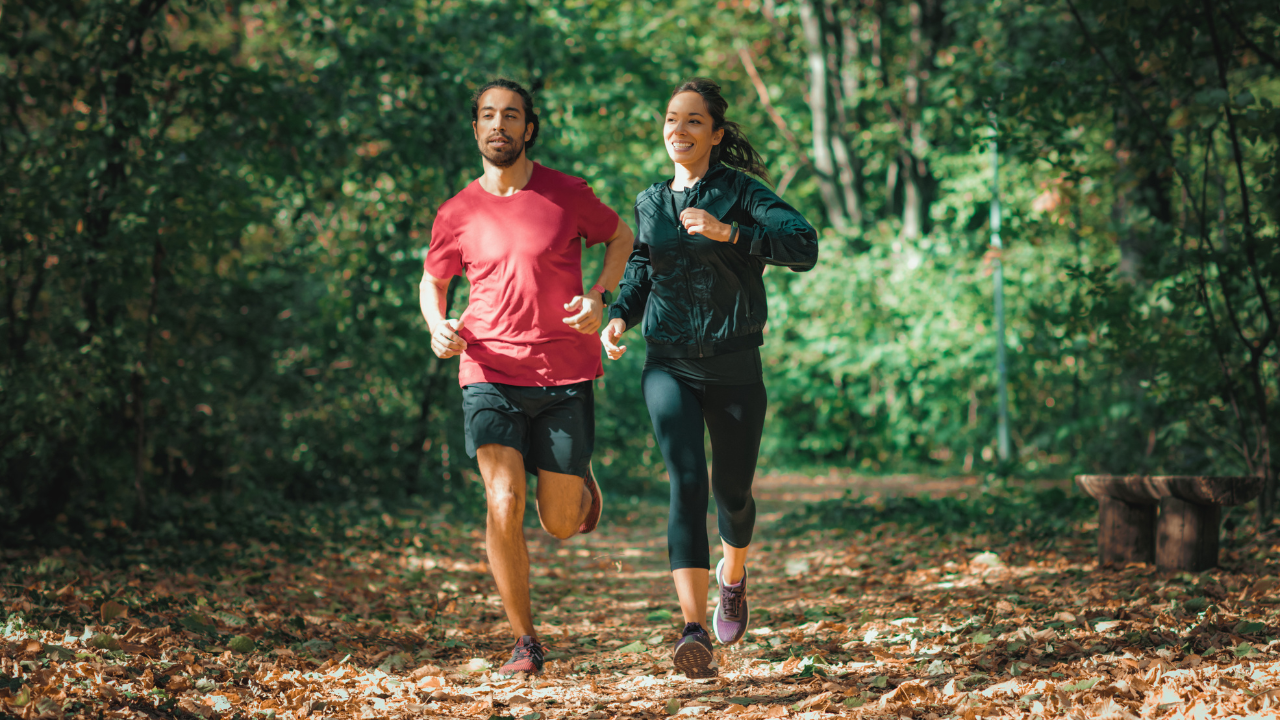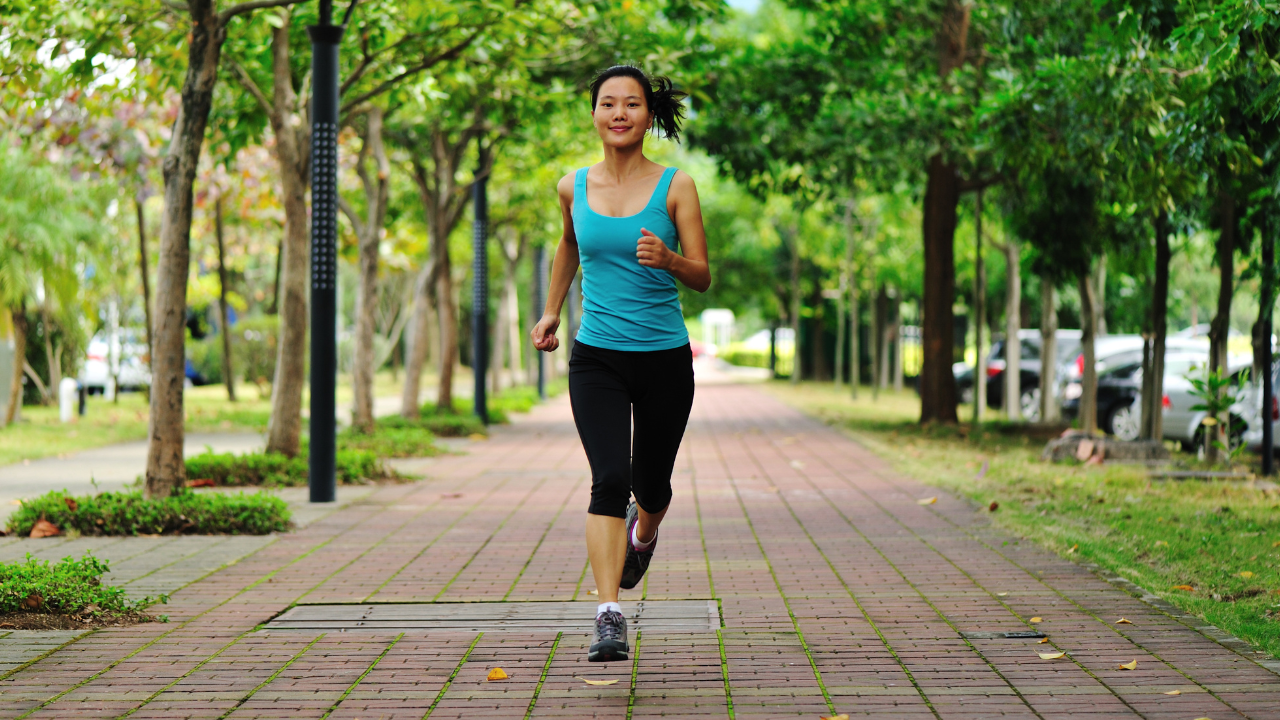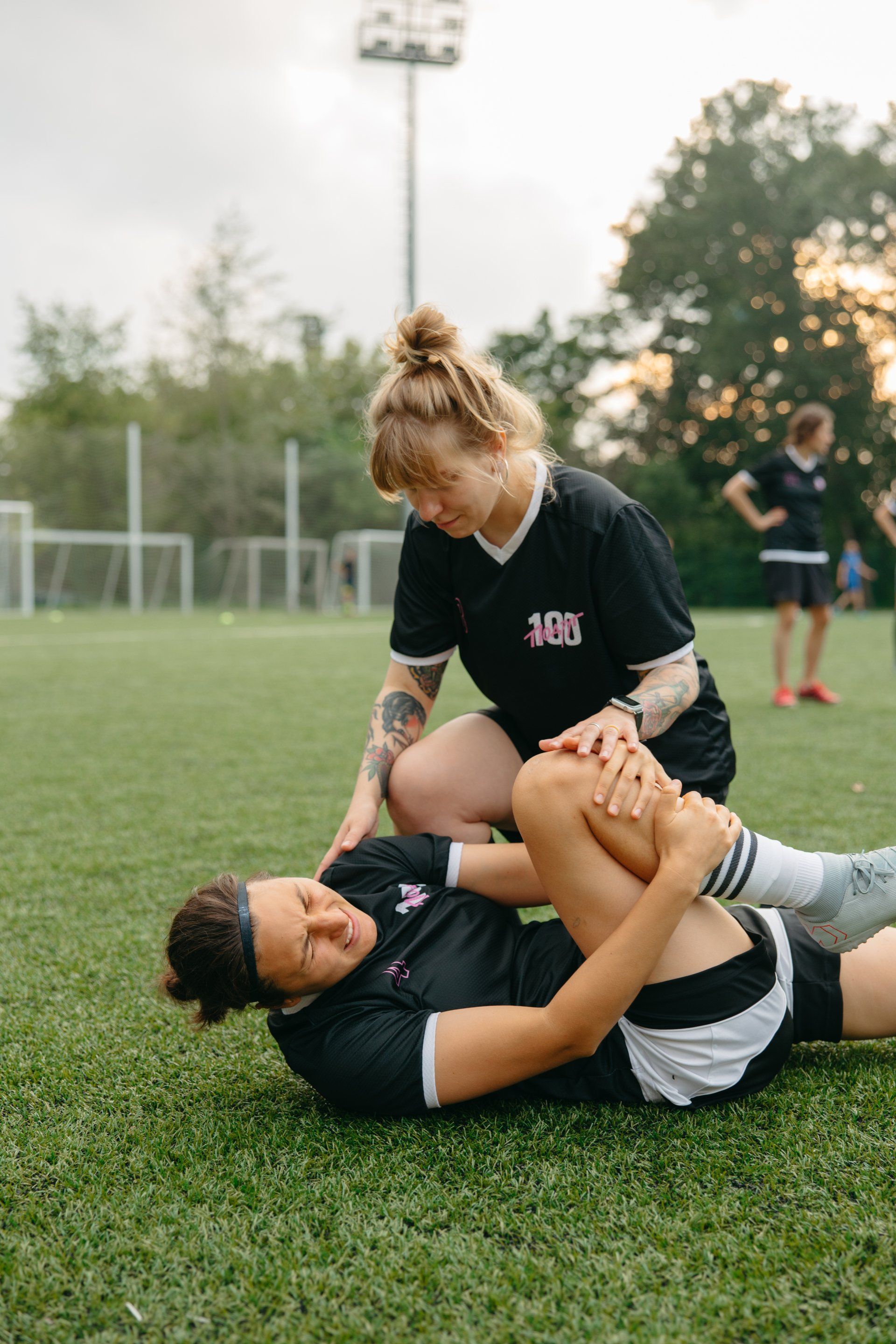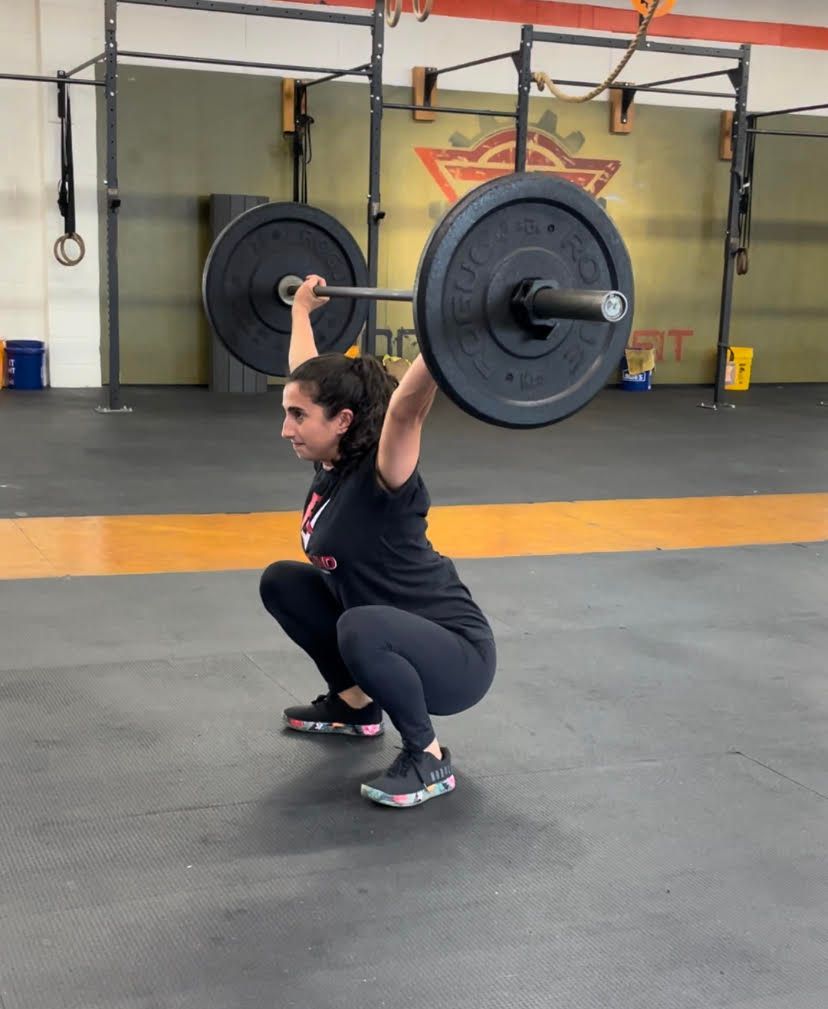The Body–Swing Connection
Why Golf Is More Physical Than You Think

When most golfers think about improving their game, they focus on new clubs, lessons, or more range time. But the missing link isn’t always your swing technique. It’s your body’s ability to move the way the swing demands.
The sport of golf is an athletic, full-body movement. Every swing requires coordination, mobility, stability, strength, and timing from head to toe. When one of those pieces is missing, compensations occur, swing consistency drops and worst-case scenario, pain or injuries begin to appear.
The Body Controls the Swing
“You can’t swing what your body won’t allow.”
If your hips can’t rotate, your spine is unable to extend or your shoulders cannot turn fully, your body will find a way to move the club, even if it's through inefficient or risky mechanics. Here is a list of common examples we see:
- Limited hip rotation → early extension or sway in the backswing
- Poor thoracic mobility → excessive lower back rotation (a major cause of back pain)
- Poor trunk stability → loss of posture and inconsistent contact
Every swing fault has a physical component behind it. That’s why improving your movement quality is the foundation for improving your swing.
Mobility + Strength = Consistency and Power
A good golf swing isn’t just about flexibility. You need both mobility and stability. Mobility gives you the range to create a full, fluid turn. Stability gives you the stability to deliver power efficiently through impact. When your body moves well:
- You create more clubhead speed with less effort
- You maintain better balance and sequencing throughout the swing
- You play more pain-free rounds and recover faster
Modern golfers are spending time in the gym not to bulk up, but to train for functional performance that translates directly to the course.
How We Assess the Body–Swing Connection
As a Titleist Performance Institute (TPI) Physical Therapist, I start with one key principle: “There’s no one perfect swing — only the perfect swing for your body.”
Through a detailed movement screen, we assess your body's ability to move and the sequencing affecting your swing. From there, we can target the exact physical limitations and deficits holding you back. Rather than a custom fit for your clubs, think of it as a custom fitting what your body needs, so your movement supports your technique, rather than working against it.
Closing Thoughts
Don’t just train the swing, train the body behind it. If your goal this season is to:
- Hit the ball farther
- Stay more consistent
- Play without pain,
Then it’s time to address the physical side of your game. Improving how your body moves is the quickest, most sustainable way to improve how you swing. Next steps are to set up a time to chat on exactly what you're dealing with. Schedule a time with me so we can take a deep dive into what you need to get back to your game.


